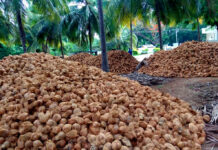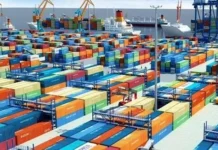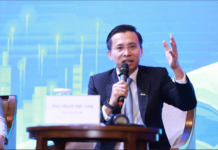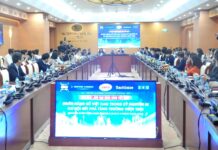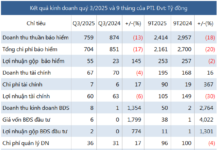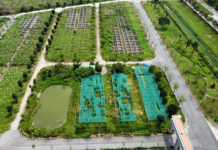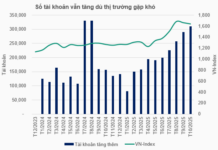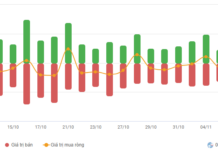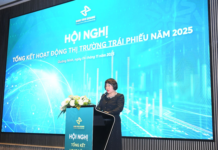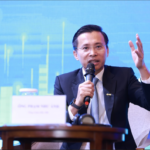By leveraging advanced technologies such as artificial intelligence, automation, and the Internet of Things (IoT), smart agriculture optimizes production processes, increases productivity, saves resources, efficiently predicts and manages risks, and improves working conditions for farmers.
The key to smart agriculture is transforming traditional production methods into data-driven farm operations. This makes production activities more efficient and sustainable.
According to Statista.com’s forecast, the global smart agriculture market will grow significantly from $15 billion in 2022 to $33 billion in 2027.
LIMITATIONS IN CAPITAL AND TECHNOLOGICAL KNOWLEDGE IMPEDE SMART AGRICULTURE
Although smart agriculture offers such great benefits, its practical application is not easy, especially in developing economies with limited resources and knowledge in digital agriculture. According to a study on digital economy conducted by the Ministry of Science and Technology, although agricultural businesses and farmers believe that real-time data analysis is crucial in production activities, and apply information technology in their operations, 43% of agricultural businesses face challenges in budget allocation for digital transformation, while 39% of farmers face difficulties in accessing information.
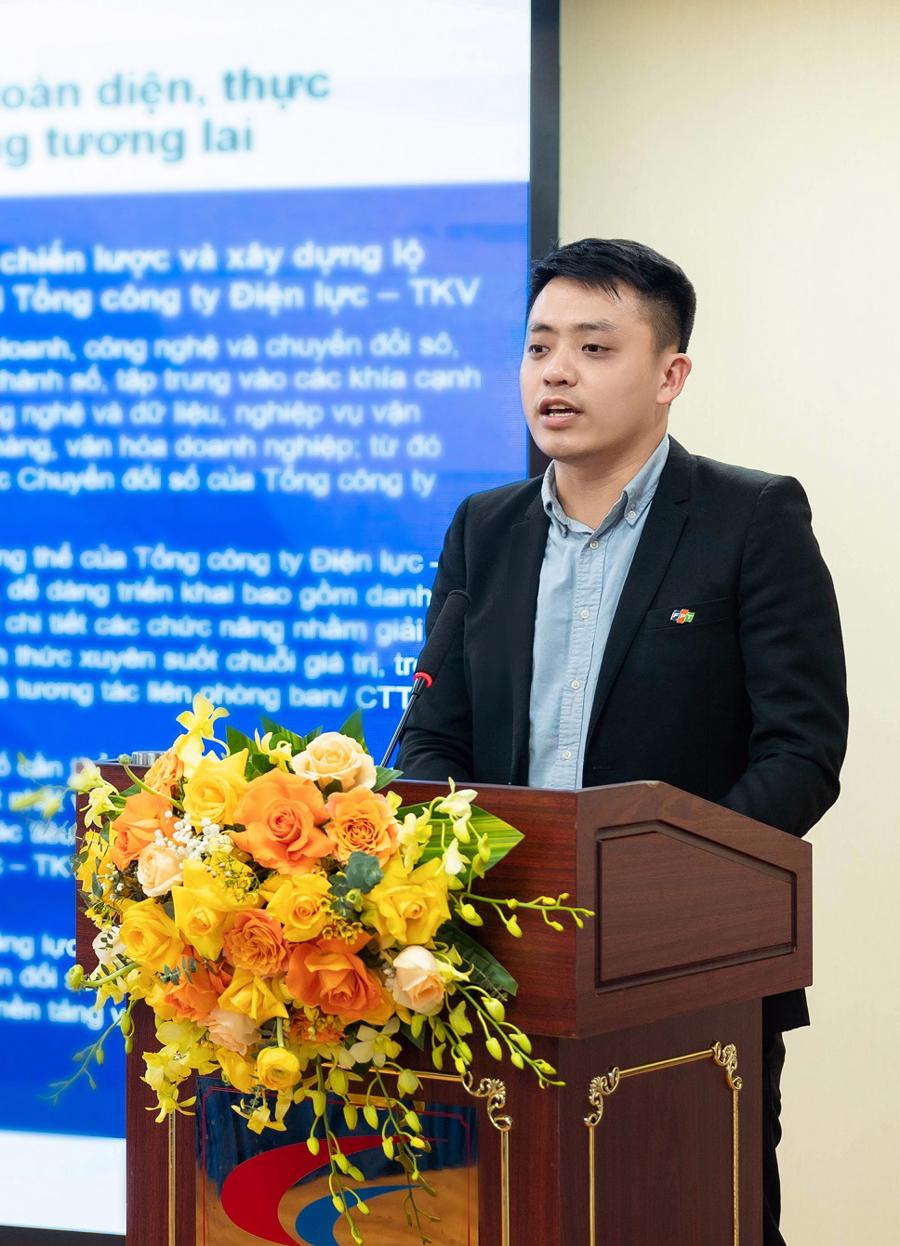
Discussing the challenges of digital transformation in Vietnamese agriculture, Mr. Pham Thanh Dai Linh, FPT Digital’s Digital Transformation Consultant, pointed out several barriers.
The first barrier to address is the need to balance the value for all participating stakeholders. This means that each stakeholder in the digital transformation process, from businesses and farmers to technology service providers, has their own needs and benefits. Clearly defining the value that each stakeholder receives helps prioritize and properly implement the transformation process, providing motivation for all participants.
The second barrier is the accessibility issue for farmers. Due to a lack of knowledge and experience in technology, farmers often struggle to use technological solutions. Therefore, it is necessary to design simple, user-friendly solutions that are suitable for farmers’ farming habits and educational background.
Sharing the same viewpoint as FPT Digital, representatives from Ho Guom Group stated, “For the majority of farmers, technology must be the most understandable. They only need to look at the screen to be able to use it, and it is so simple that it is difficult to make mistakes.” As a group currently investing in five sectors including textile and garment, real estate, higher education, information technology, and high-tech agriculture, Mr. Nguyen Duy Ninh, General Director of Ho Guom Group’s Service Division, stated that high-tech agriculture is limited due to its small scale, mostly consisting of family farms, low profits, and high digital transformation costs.
This is evident in the Minh Phu – “King of Vietnam’s Shrimp” digital transformation project. Alongside Minh Phu on its digital transformation journey, particularly in the application of high-tech solutions within the entire value chain of the “King of Shrimp,” FPT Digital has considered various technology solutions, ranging from user experience to providing additional features such as gamification activities and intuitive user interfaces that are accessible and user-friendly for farmers.
“Getting farmers to download the application is not a difficult task. However, it is a big challenge to maintain their usage and demonstrate the value of the application,” shared Mr. Pham Thanh Dai Linh.
In implementing the digital transformation roadmap, Minh Phu has established a new company, Otcanics Technology Joint Stock Company, specializing in developing high-tech products for the aquaculture sector in general and the shrimp industry in particular. Mr. Nguyen Nhat Tuan, CEO of Otanics Technology Joint Stock Company, says there are “many difficulties and challenges” when introducing new technology solutions to shrimp farmers.
“Investment in technology solutions is always a significant investment that requires searching for and recruiting talented and experienced personnel. Scaling up throughout the entire Mekong Delta region is undoubtedly a big task. Moreover, ensuring that farmers continue to use the application and recognize its value is not a simple task,” said Mr. Nguyen Nhat Tuan.

Another common barrier that businesses in Vietnam face is network infrastructure and devices, according to Mr. Linh. Applying technology in farming areas such as rice fields or shrimp farming areas often encounters limitations in terms of network coverage. Specialized devices are needed for harsh environments with high humidity, extreme temperatures, and the ability to withstand lightning strikes and heavy rain.
Finally, technology start-ups or agricultural companies without abundant financial resources also face another significant difficulty when implementing smart agriculture.
DEVELOPING AN ECOSYSTEM TO PROMOTE SMART AGRICULTURE IN VIETNAM
In order to overcome the challenges of Vietnamese agriculture, representatives from Ho Guom Group believe that appropriate implementation programs and support from policies and resources are needed to promote the application of technology in agriculture. This includes encouraging businesses to apply technology that suits the needs and capabilities of each stakeholder; providing financial support, training human resources, and building technological infrastructure to create a favorable environment for technology adoption in agriculture.
In a recent study by FPT Digital, breakthrough directions for sustainable digital agriculture development in Vietnam were recommended, including the promotion of advanced technology applications in cultivation and breeding to increase productivity and quality throughout the value chain, building a data connection digital platform in all stages, particularly the harvesting and processing stages, and developing digital supply chains and e-commerce for the agricultural sector to connect a sustainable digital agriculture ecosystem.
In order to achieve these goals, FPT Digital experts believe that agricultural associations and modern agricultural cooperatives should be formed and developed to share information, cooperate, and support each other, forming connected supply chains and promoting the overall development of the industry. Businesses with resources and expertise in technology can provide advice on advanced technology solutions such as artificial intelligence, the Internet of Things (IoT), and big data to optimize production, management, and distribution processes.
Building a smart ecosystem will create connectivity, interaction, and mutual support among all links in the value chain, where production and business activities will be operated on a digital platform, aiming for sustainable agricultural development.



